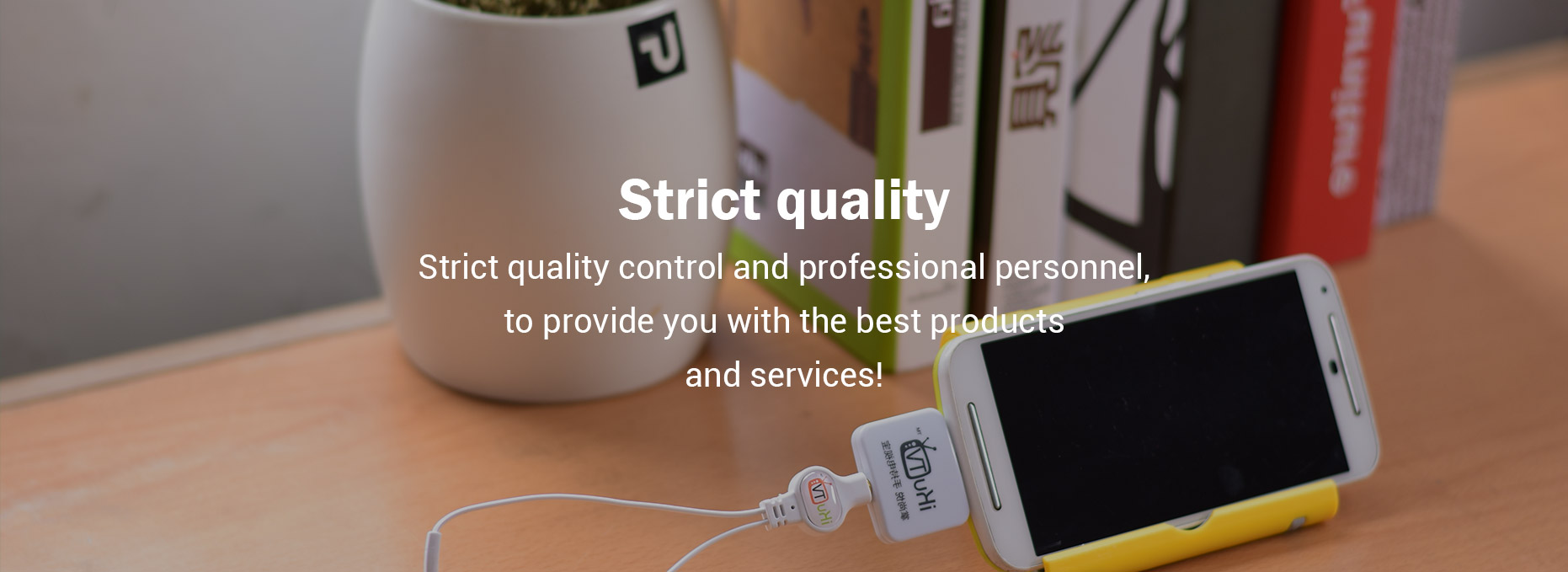7 Essential Tips from Tyre Pressure Monitor Manufacturers for Optimal Performance
As road safety continues to be a top priority for vehicle owners, the importance of maintaining proper tyre pressure cannot be overstated. It is vital to understand how tyre pressure monitoring systems (TPMS) contribute to vehicle performance and safety. Here are seven essential tips from tyre pressure monitor manufacturers that can help users achieve optimal performance from their systems.
Contact us to discuss your requirements of tyre pressure monitor manufacturer. Our experienced sales team can help you identify the options that best suit your needs.
1. Regular Maintenance is Key
One common issue faced by users of tyre pressure monitors is the failure to conduct regular maintenance checks. Many vehicle owners overlook the battery life of their TPMS sensors, which can lead to inaccurate readings. The solution is simple: set up reminders to check sensor batteries periodically. Most likely, they’ll require replacement every five to seven years, depending on the manufacturer’s guidelines.
2. Ensure Proper Installation
Incorrect installation is a major factor affecting the performance of tyre pressure monitoring systems. Many users experience difficulties due to improper fitting of the TPMS sensors, which can lead to inconsistent data readings. It’s crucial to follow the manufacturer's guidelines during installation. If unsure, seeking assistance from a professional mechanic can save time and ensure functionality.
3. Be Aware of Temperature Changes
Temperature fluctuations can have a significant impact on tyre pressure readings. Many customers report that their sensors indicate low pressure during colder months, leading to unnecessary concern. TPMS systems are designed to account for temperature changes; however, users can ensure accuracy by regularly checking tyre pressure, especially during seasonal changes.
4. Understand the Warning Indicators
Many vehicle owners struggle to interpret the warning indicators from their tyre pressure monitors. For instance, a blinking warning light may cause panic, while a steady light could indicate a different issue. Tyre pressure monitor manufacturers emphasize understanding your specific system’s alerts. To avoid confusion, users can download the vehicle manual or consult online resources to receive guidance on various warning signals and their meanings.
If you want to learn more, please visit our website tyre pressure monitor.
5. Use Quality Tyres
The performance of a TPMS is only as good as the tyres it monitors. Low-quality tyres can lead to increased puncture incidents and improper pressure readings. Vehicle owners should invest in reputable brands recommended by tyre pressure monitor manufacturers, as quality tyres not only improve safety but also enhance the longevity of TPMS systems. Regularly inspecting tyres for wear and replacing them as necessary is also advisable.
6. Monitor Tyre Pressure Regularly
One of the most effective ways to ensure optimal performance from tyre pressure monitors is to check tyre pressure regularly. While TPMS systems offer automatic monitoring, manual checks provide an additional layer of security. It’s recommended to check pressure once a month using a reliable tyre gauge, and especially before long trips. This practice helps in identifying issues early on, preventing severe accidents.
7. Seek Professional Help for Complex Issues
Finally, users experiencing persistent issues with their TPMS are encouraged to seek professional help. Problems can sometimes stem from underlying vehicle faults that extend beyond the TPMS itself. Consulting with a qualified technician can eliminate guesswork and provide tailored solutions. Tyre pressure monitor manufacturers typically endorse periodic professional checks to guarantee that the system is functioning at its best.
In conclusion, while tyre pressure monitoring systems are essential for maintaining vehicle performance and safety, they require attention and proper care. By adhering to these tips, vehicle owners stand to experience fewer issues and enjoy the full benefits of their TPMS. Regular maintenance, proper installation, understanding indicators, and seeking professional help when necessary can make a significant difference in optimising the performance of these systems.
Are you interested in learning more about Universal Programmable TPMS Sensor supplier? Contact us today to secure an expert consultation!



Comments